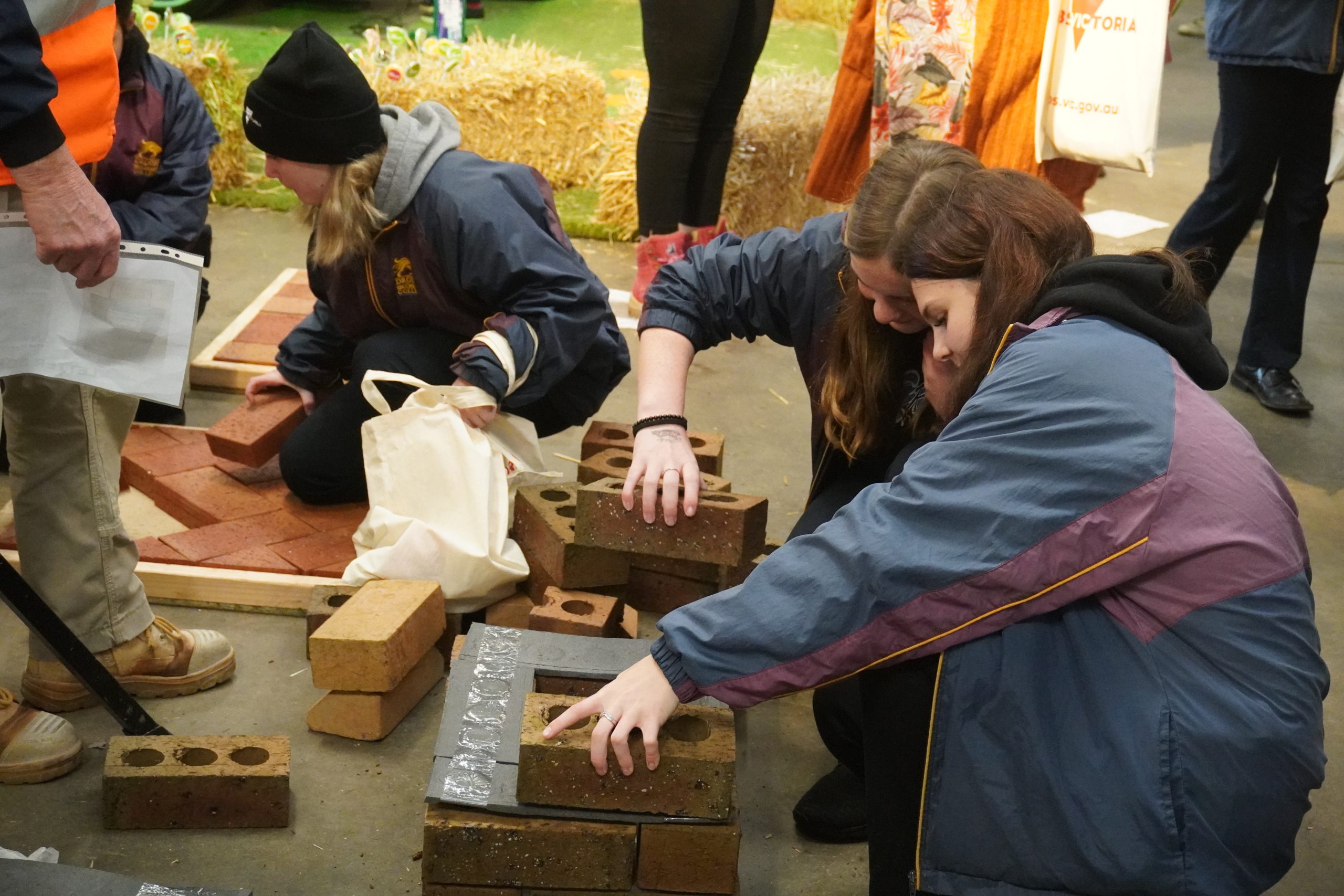Our Vision
Our vision is that every young Victorian is supported to complete their secondary education with the confidence, knowledge, skills and connections required to successfully transition to further education, training or employment.
Our Story
In 2000, the Minister for Post Compulsory Education and Training, the Hon. Lynne Kosky, expressed concern about the number of young people “falling through the cracks”, disengaging from school, not continuing with further education and training, and not gaining sufficient skills to meet the needs of employers. This led to a Ministerial Review of Post-Compulsory Education and Training Pathways, chaired by Peter Kirby.
The review heard submissions from all over the state, with many supporting the idea of local actions for local needs, linking agencies and cutting bureaucratic red tape to work for young people. The ‘Kirby Report’ recommended the formation of Local Learning and Employment Networks (LLENs). Each LLEN was formed in 2001-2002 with funding from the Victorian Government. LLENs quickly developed a focus on applied learning and expertise in creating place-based partnerships to improve outcomes for all young people.

